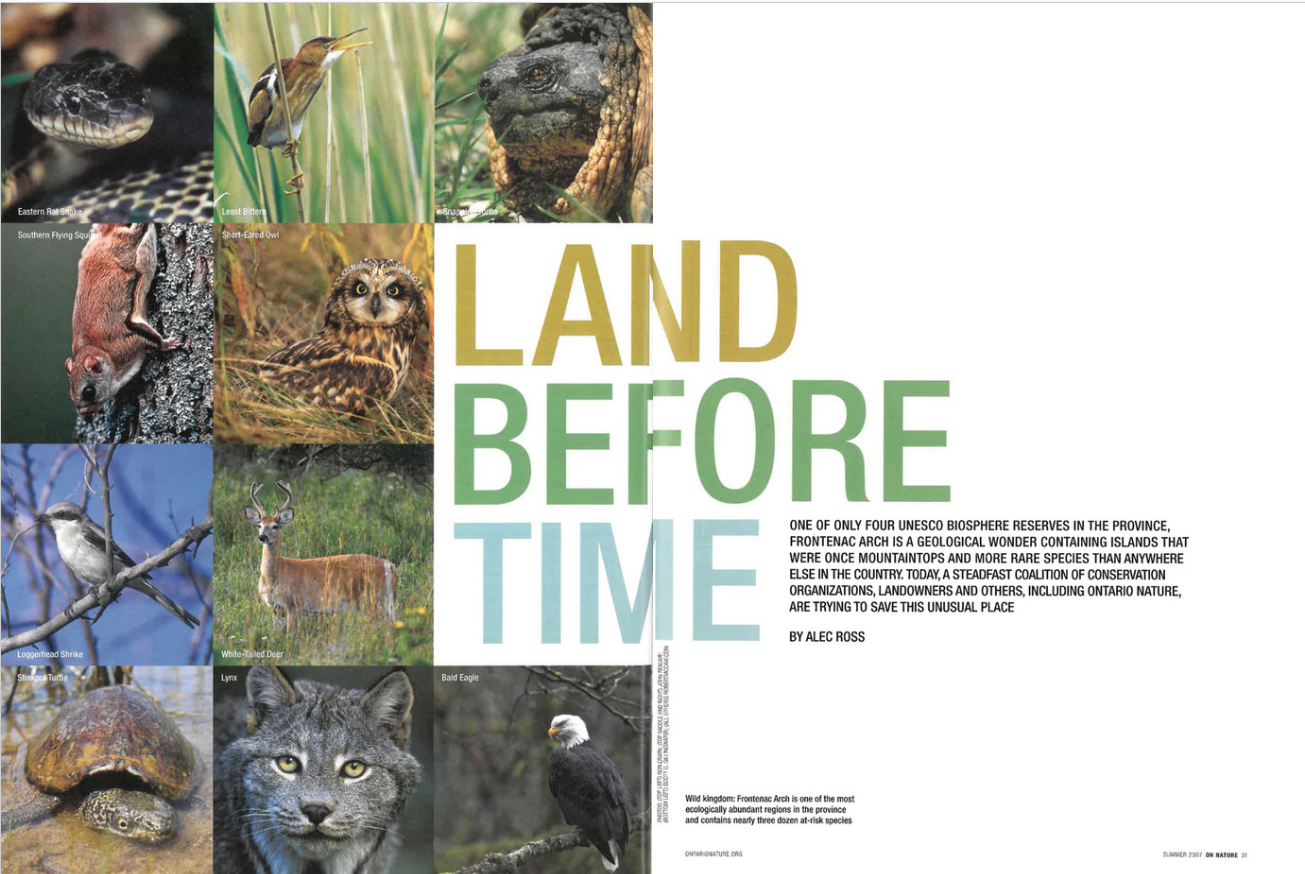In the article “Land before time” [Summer 2007], it is stated that “the northern flying squirrel, a creature typical of northern boreal forests, reach their southern limits in the [Frontenac] arch.”
This statement, as I read it, is not correct. The northern flying squirrel is found farther south than the Frontenac Arch. In Ontario, the northern flying squirrel can be found in the Rouge Valley and at Hilton Falls near Milton, and many geographic locations north of these areas, which are located south of the Frontenac Arch.
Moreover, the southern flying squirrel was removed from the COSEWIC list in April 2006. Why? Range expansion likely due to climate change (warming).
It is indeed unusual for a mammal to be removed from such a list, and we should celebrate this action, at first glance. However, in the case of the southern flying squirrel, we suspect climate change has allowed [the species] to survive winters in parts of Ontario that would previously have been too inhospitable. In 2003, I was trapping on Crown land for northern flying squirrels (as part of an Ontario Ministry of Natural Resources [MNR] landscape ecology initiative) just outside of Killbear Provincial Park, and I caught only southern flying squirrels. This was, at the time, the farthest north they had ever been recorded. Later that year, Jeff Bowman of MNR found them a hundred or so kilometres north of Killbear. The next year, none were found, as the winter was severely cold and a high dieoff was experienced. Two steps forward, one step back.
So why should we not celebrate the southern flying squirrel’s sudden range expansion? The general southern flying squirrel population carries a relatively harmless (to it) parasitic nematode that lives in the gut as a non-lethal entity, but in areas where the northern and southern species of flying squirrel are sympatric, the nematode can be passed to the northern species. The nematode is always fatal to the northern flying squirrel.
This could, down the road, present serious problems for southern and central Ontario’s native northern flying squirrel population.
Steve Patterson, Streetsville


No Comments Yet